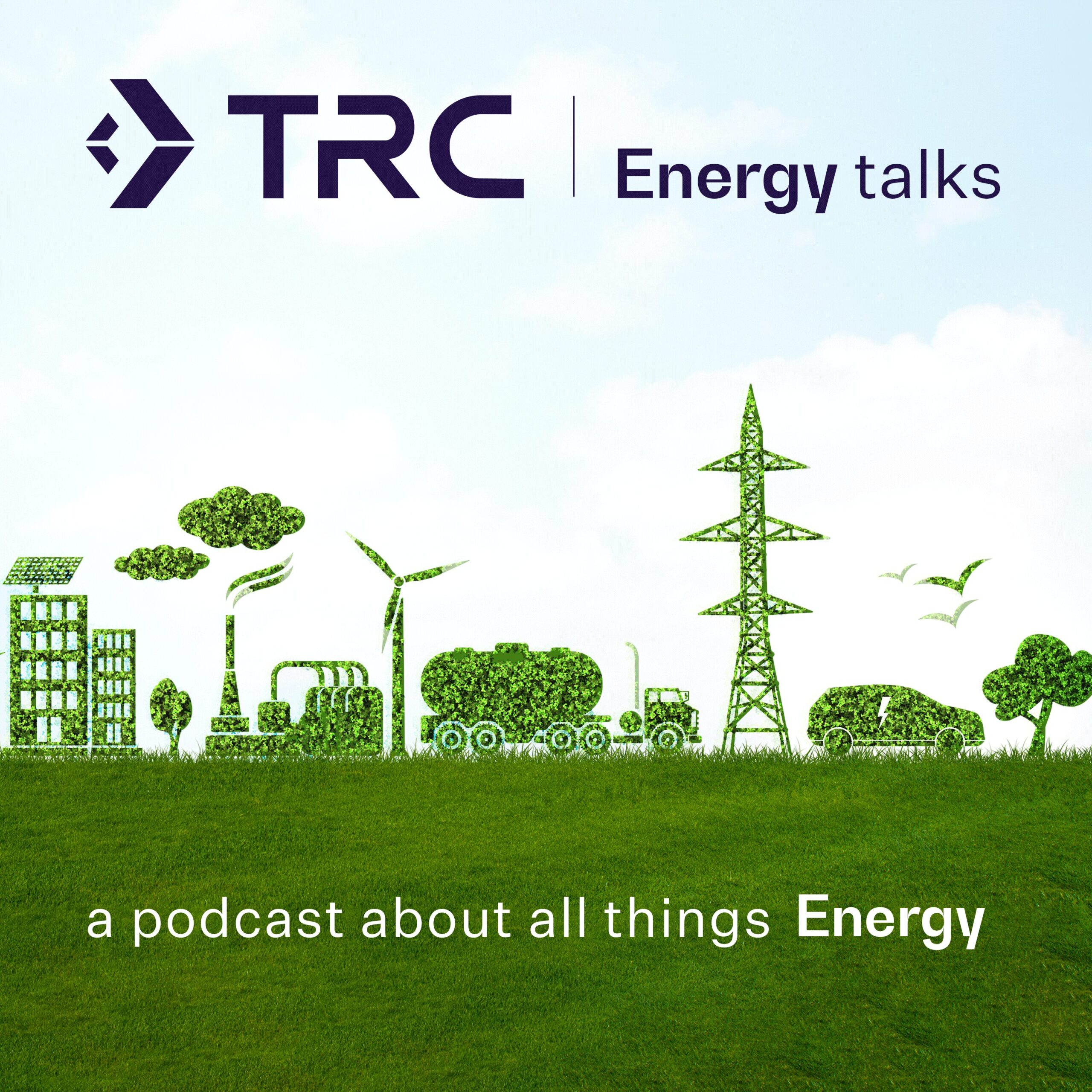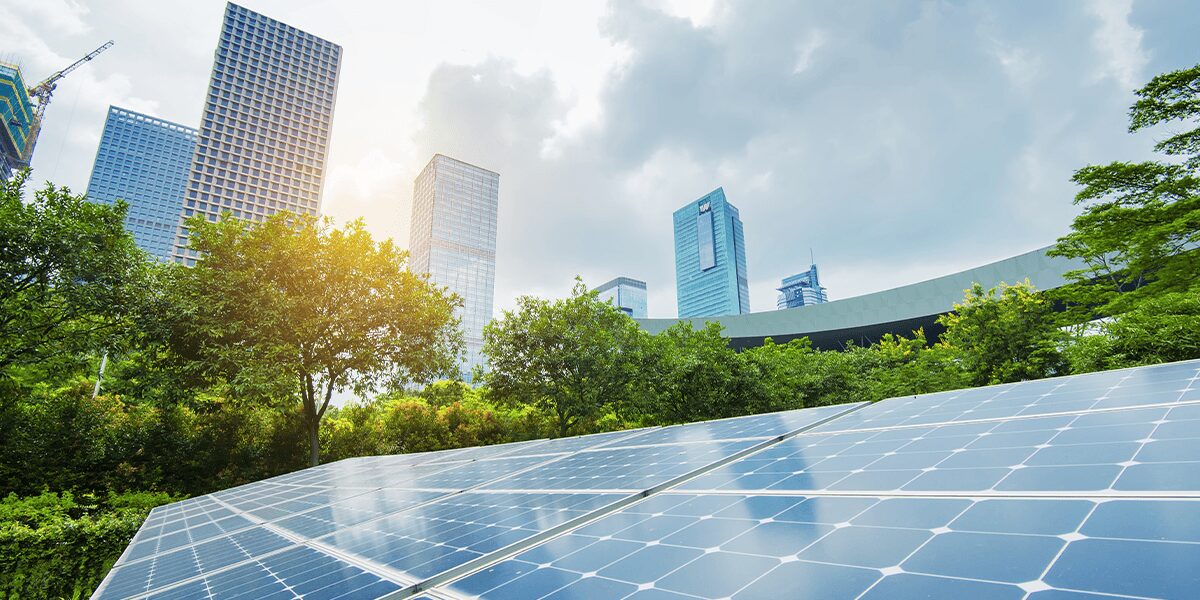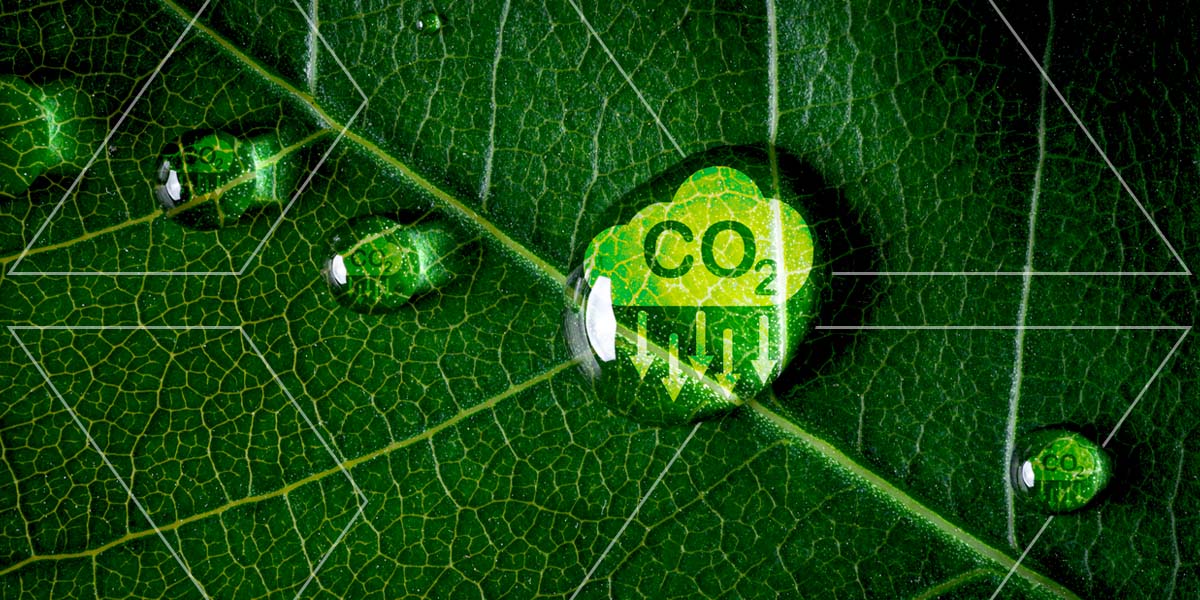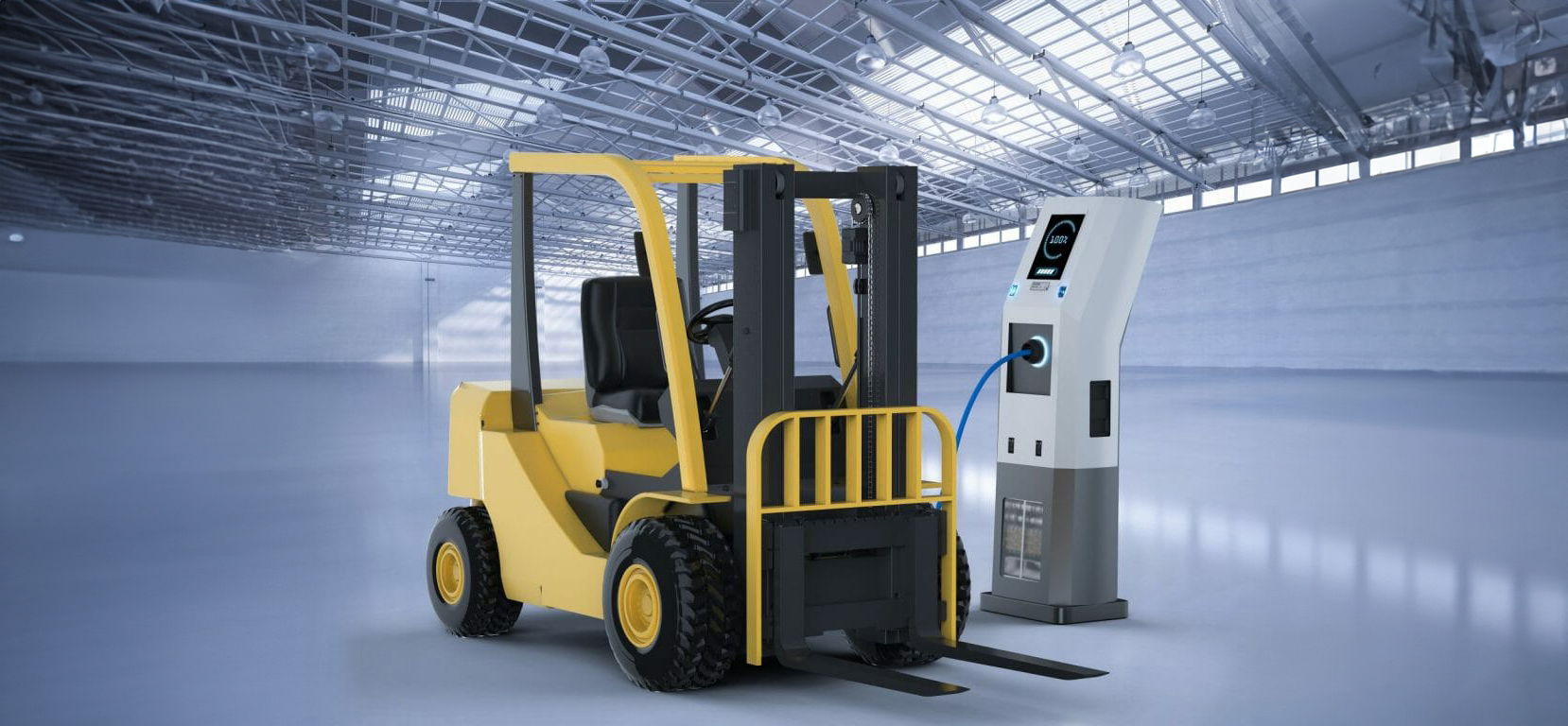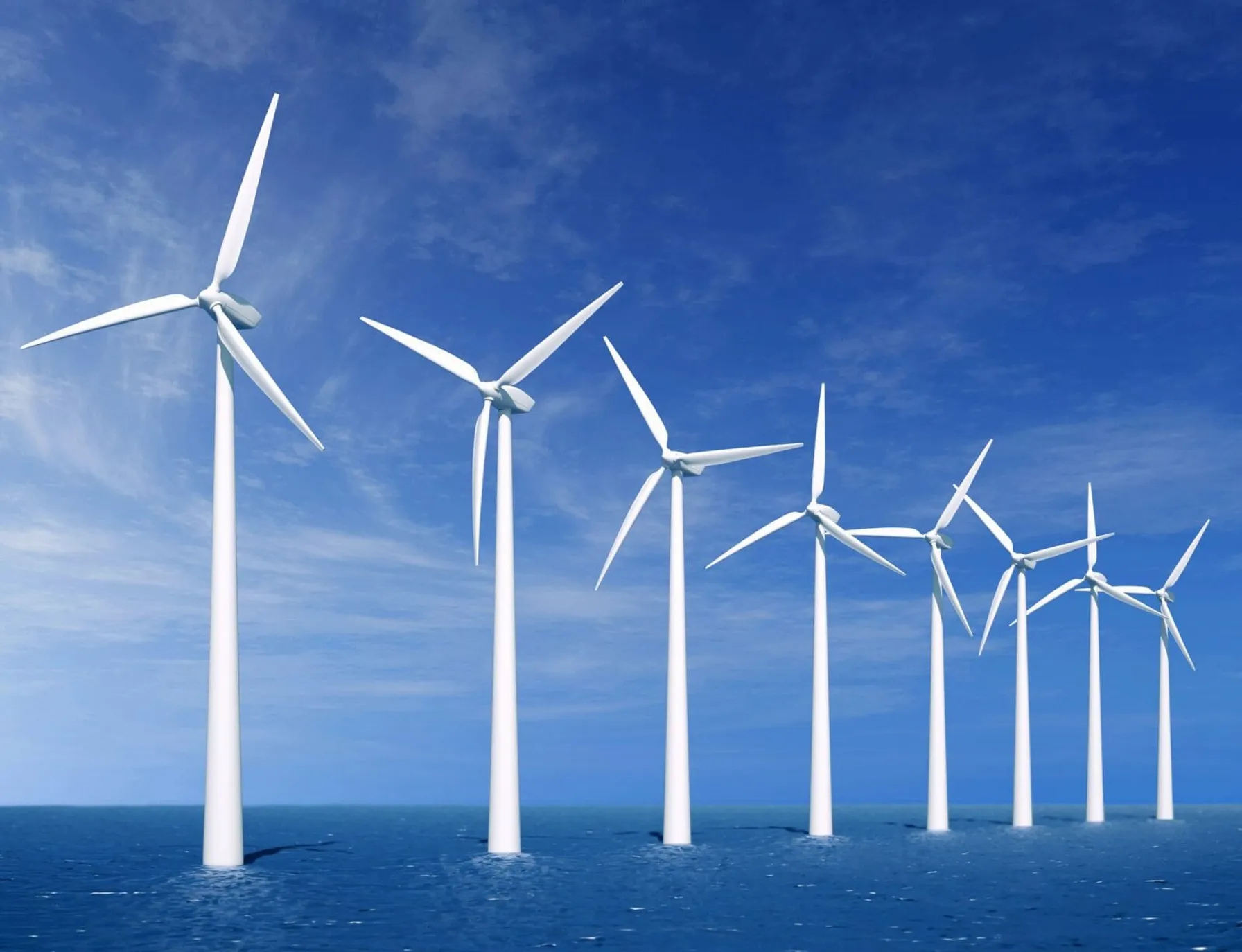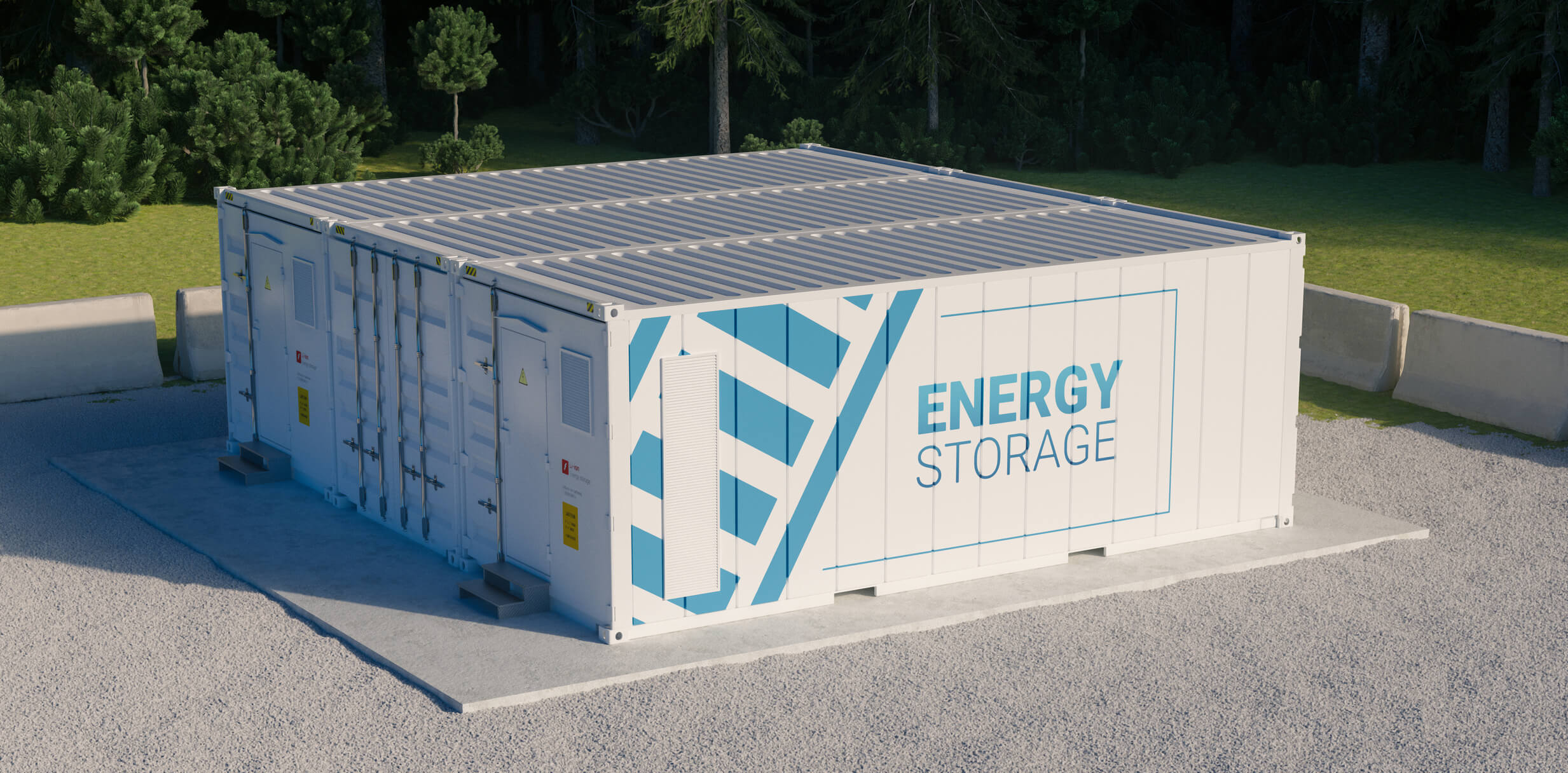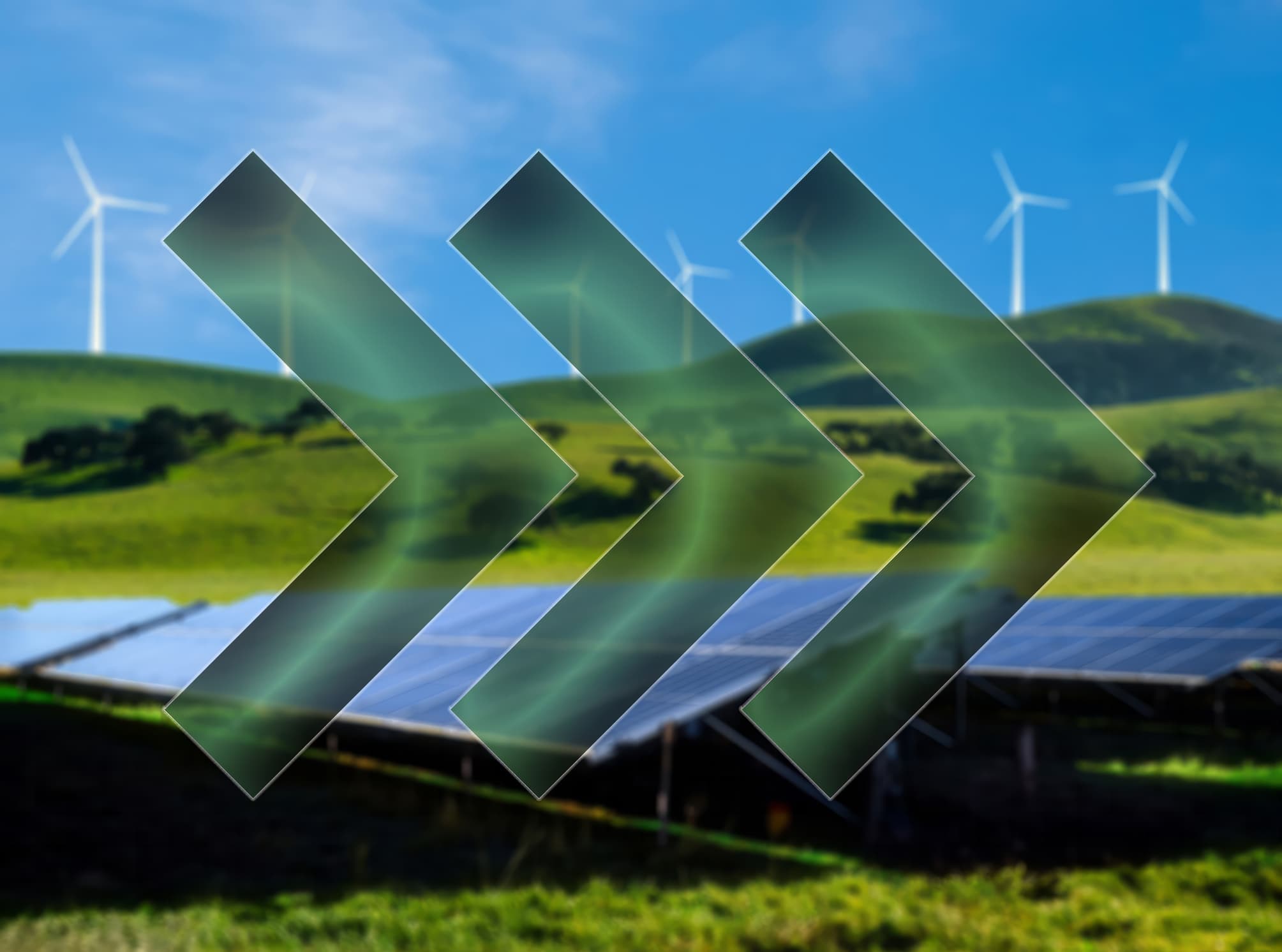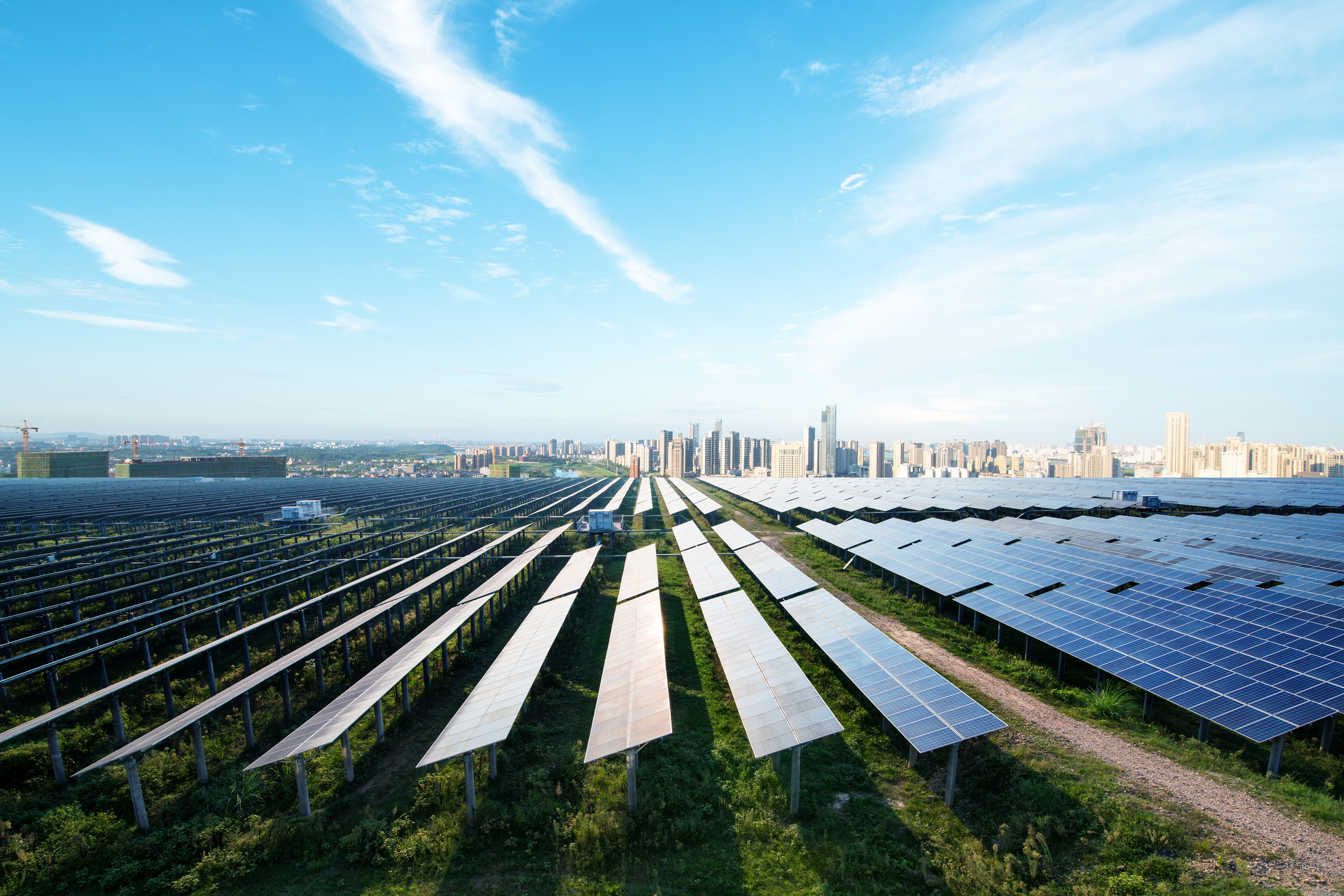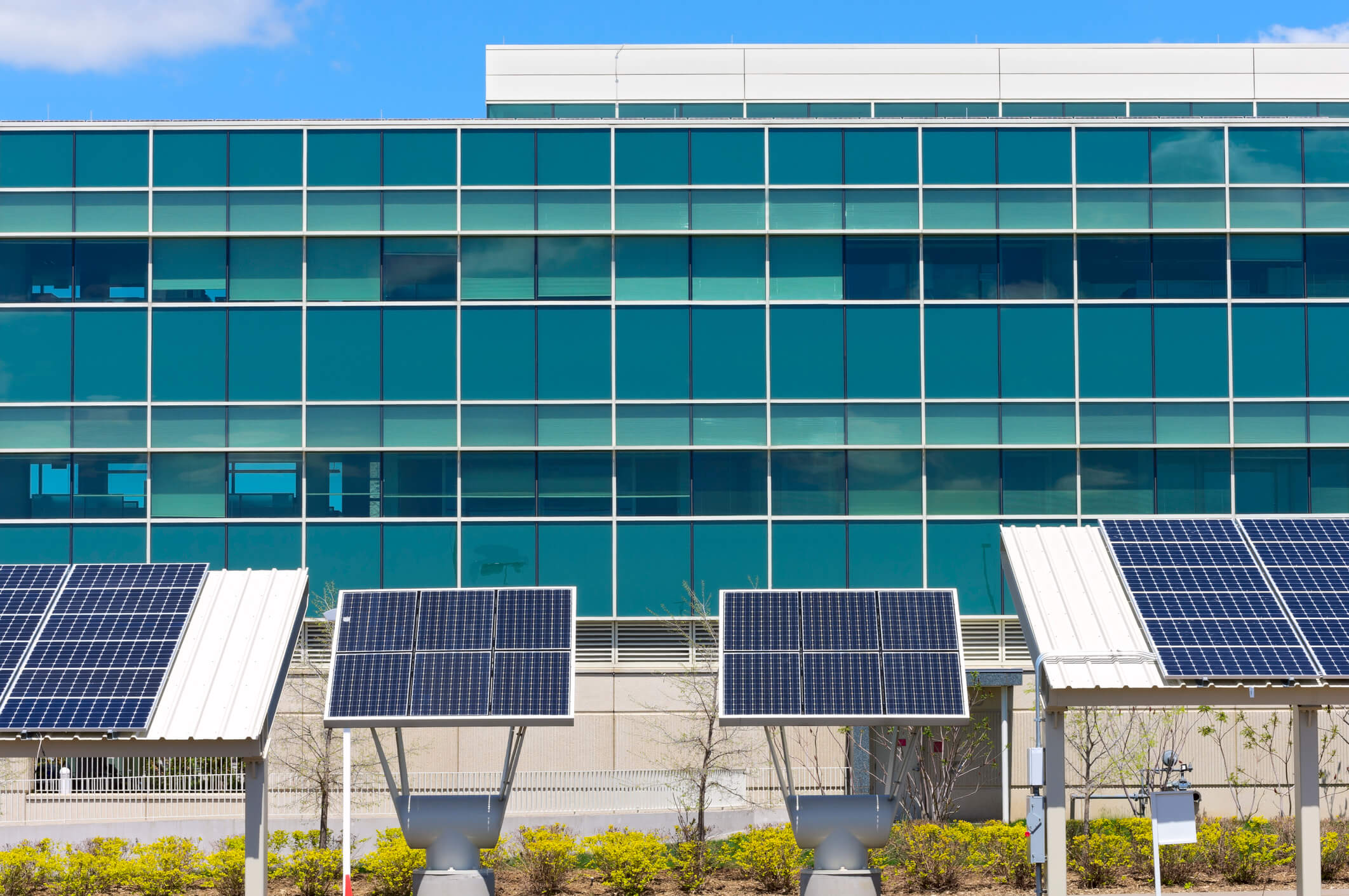Author: Sachin Gupta | September 21, 2020
Remember the concept of inertia from physics class? An object in motion wants to stay in motion; an object at rest wants to stay at rest.
US utilities don’t often discuss the subject of inertia but in the UK, other parts of Europe and Asia it is a widespread concept for grid stability and resiliency. And with the penetration of renewables increasing in the US, the concept of inertia and the implications on power intermittency points to the need for US utilities to pay attention.
Spinning turbines from fossil fuel power plants produce a large amount of inertia that keeps the electricity frequency and system stable. As turbines rotate at the same frequency as the grid, they create inertia and spinning reserves. Because spinning reserves are already in motion, it’s easier to adjust and manage frequency changes to maintain power stability. Renewable generation is starting to replace conventional power stations, which is great for the environment, but unfortunately puts the grid at risk. Renewables are unable to provide the necessary system inertia to keep the frequency of the grid stable.
System operators are engaged in a constant frequency balancing act and must make decisions on asset investments such as battery storage to avoid disruption in power delivery. One of the keys to understanding inertia’s impact on the grid is real-time, accurate data to measure weaknesses in the grid from a frequency and voltage perspective. TRC is working with Reactive Technologies (Reactive) to supply utilities with this data.
Reactive is a technology company with the mission of helping grid operators and renewable asset owners to accelerate and thrive in the clean energy transition. Reactive’s GridMetrix® platform combines hardware and software to deliver high-resolution, grid stability measurement data of up to 48,000 times a second. TRC brings deep utility industry and engineering knowledge, program management, consulting and integration services to allow U.S. utilities to implement Reactive’s innovative data and analytics solution.
Related Services

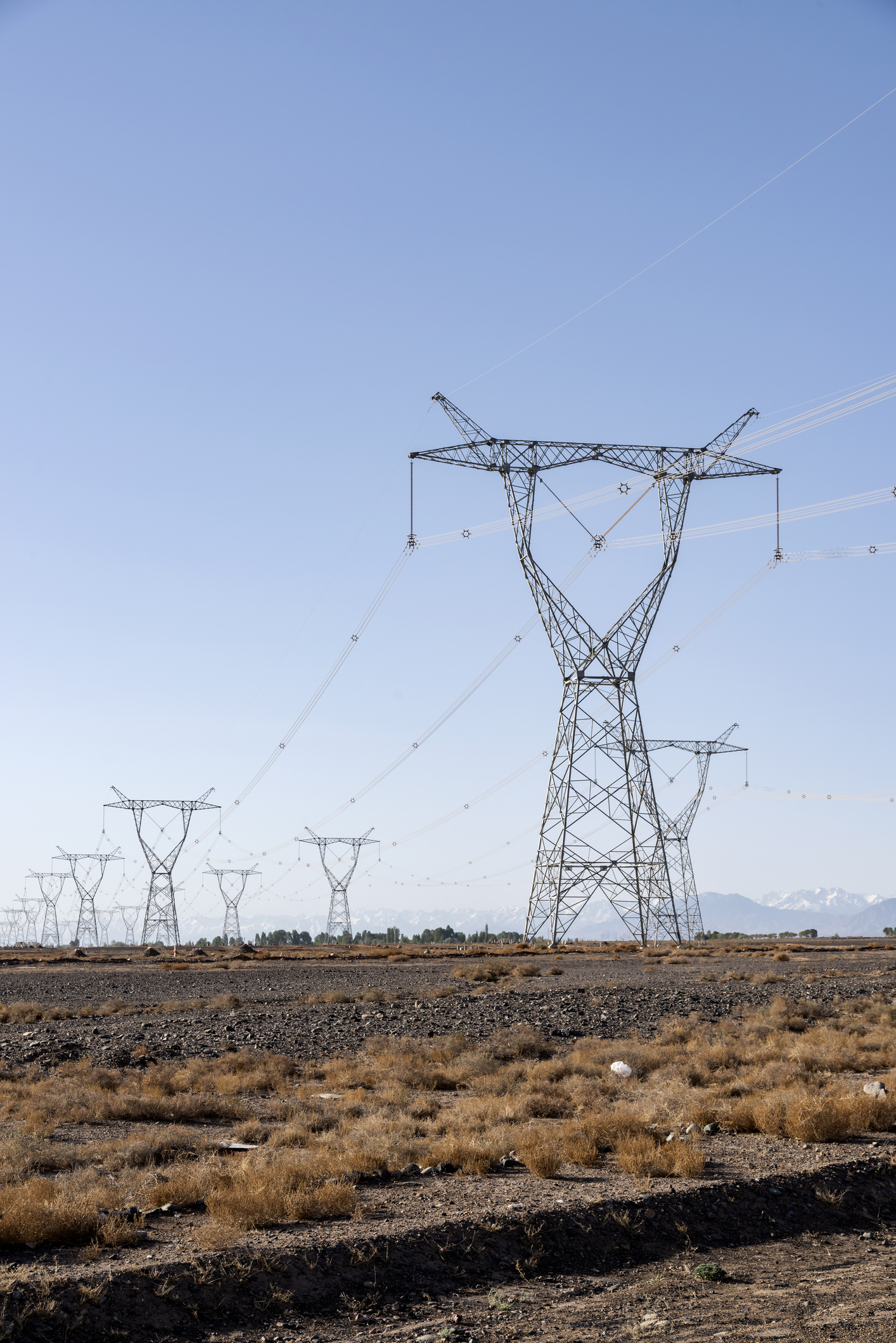
Together, TRC and Reactive:
- Combine TRC’s industry-leading power engineering expertise with Reactive’s machine learning software to provide utility teams with high-resolution frequency monitoring and automatic event analysis
- Deliver the only platform globally that measures inertia in real time
- Employ TRC’s consulting and integration capabilities to connect GridMetrix to utility IT/OT systems
- Use inertia forecasting to feed integrated development plans for the next 10 years with the most accurate predictions possible based on real measured data
- Help utilities right-size their asset investment programs to potentially save millions of dollars, while still operating within conservative margins
The true value to a utility of accurate inertia data is knowing where to place investment into renewables so precisely as to deliver lasting benefits to grid stability. Imagine being able to picture your grid in such detail that you get measured values, parameters and issues on primary, secondary and tertiary frequency control. It can be a reality with real-time data, TRC and Reactive Technologies.
For more information on how TRC and our partner network can help with your next project, contact Sachin Gupta at SGupta@TRCcompanies.com.
Sharing Our Perspectives
Our practitioners share their insights and perspectives on the trends and challenges shaping the market.
Plan, Do, Check, Act: The Importance of Program Evaluation for Energy Efficiency Programs
July 14, 2025
We’re excited to share Episode 8 of TRC’s Energy Talks Podcast, where we’re joined by experts from NEEA and Consumers Energy to explore the vital role of program evaluation in advancing energy efficiency and market transformation.

TRC Earns U.S. Department of Energy (DOE) Qualification to be a Provider of Industrial Assessment Centers (IAC) Equivalent Energy Assessments
September 24, 2024
TRC can now provide IAC equivalent energy audits to small and medium-sized manufacturing (SMM) firms, who can receive grants of up to $300,000 for implementation of audit recommendations.
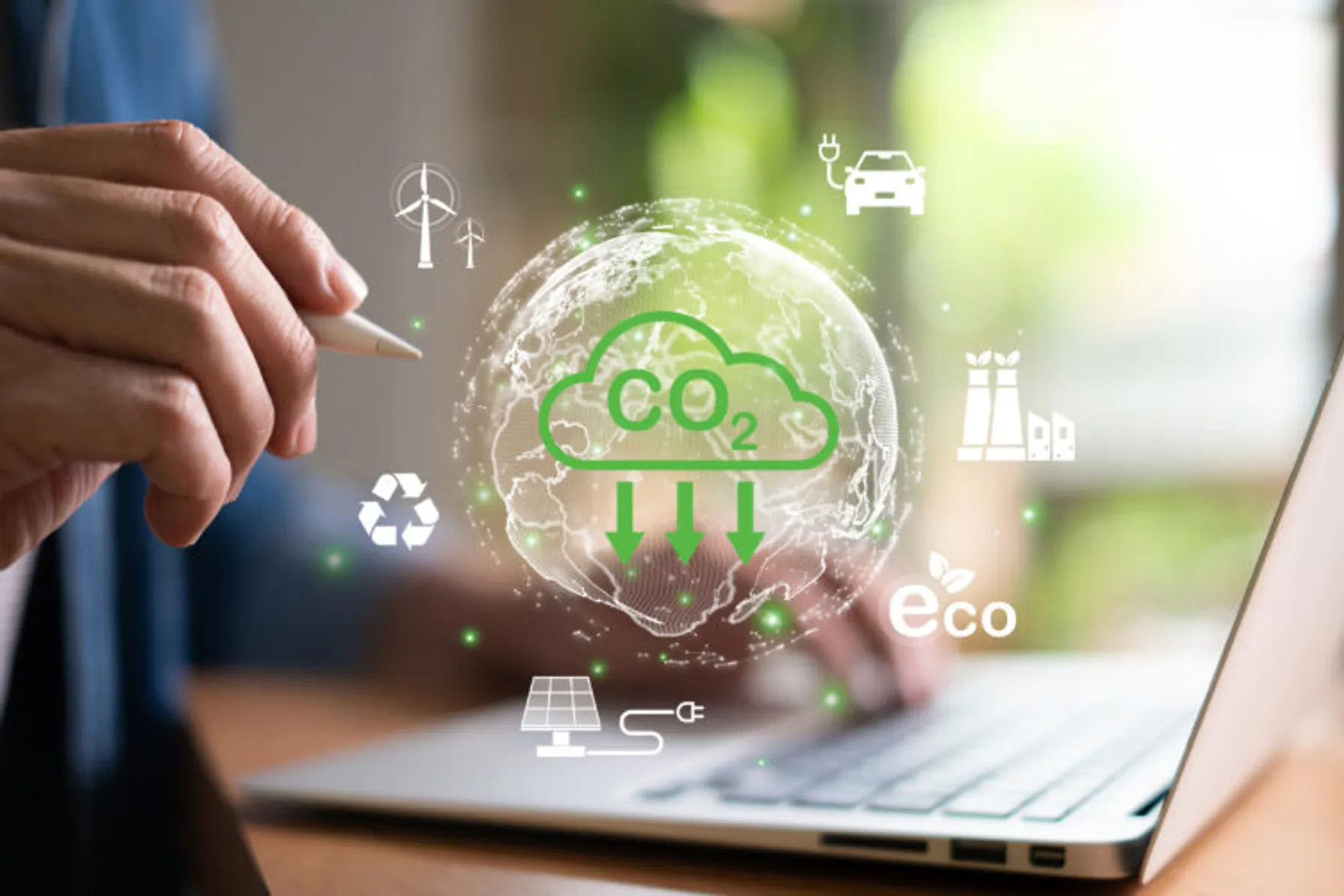
Utility Carbon Data Management
May 27, 2024
We’re pleased to announce Episode 7 of TRC’s Energy Talks Podcast, where we join experts from utilities and carbon accounting solution providers to discuss how our industry is understanding, measuring, and working to improve our collective carbon footprint.

Empowering Stakeholders to Co-Create Solutions that Address Inequity
April 23, 2024
Addressing inequality and ensuring that the benefits of the clean energy transition are accessible to all requires close examination of long-relied-upon processes that may have hidden inequities ingrained within them.
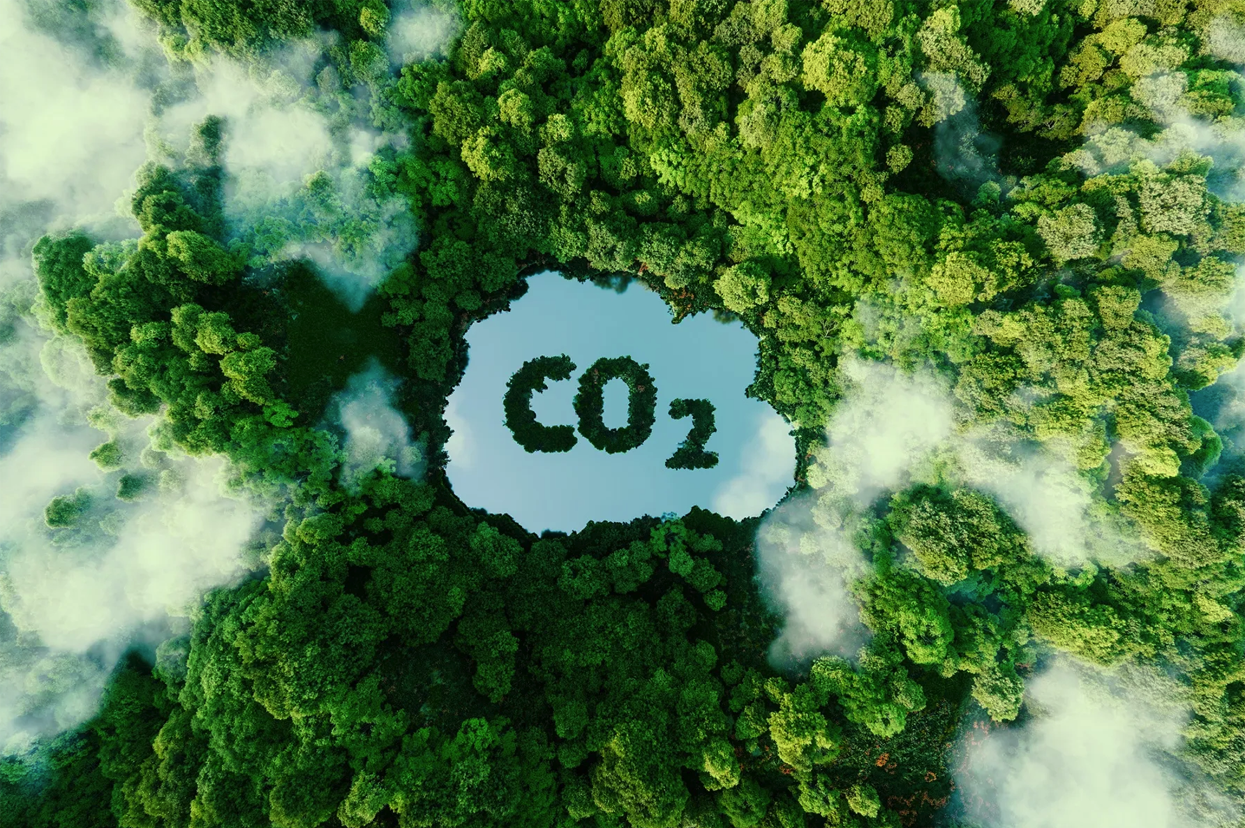
Monetizing the Environmental Attributes of Building Decarbonization Programs
March 27, 2024
Tune in to Episode 6 of TRC’s Energy Talks Podcast, where we join industry experts from the wholesale energy and environmental commodity markets to discuss how utilities and project developers are valuing the environmental attributes of building decarbonization projects.

Hydrogen Hub Funding Provisions
March 26, 2024
TRC’s panel of practitioners discuss the Hydrogen Hub (H2Hub) funding provisions of the Bipartisan Infrastructure Bill (BIL).
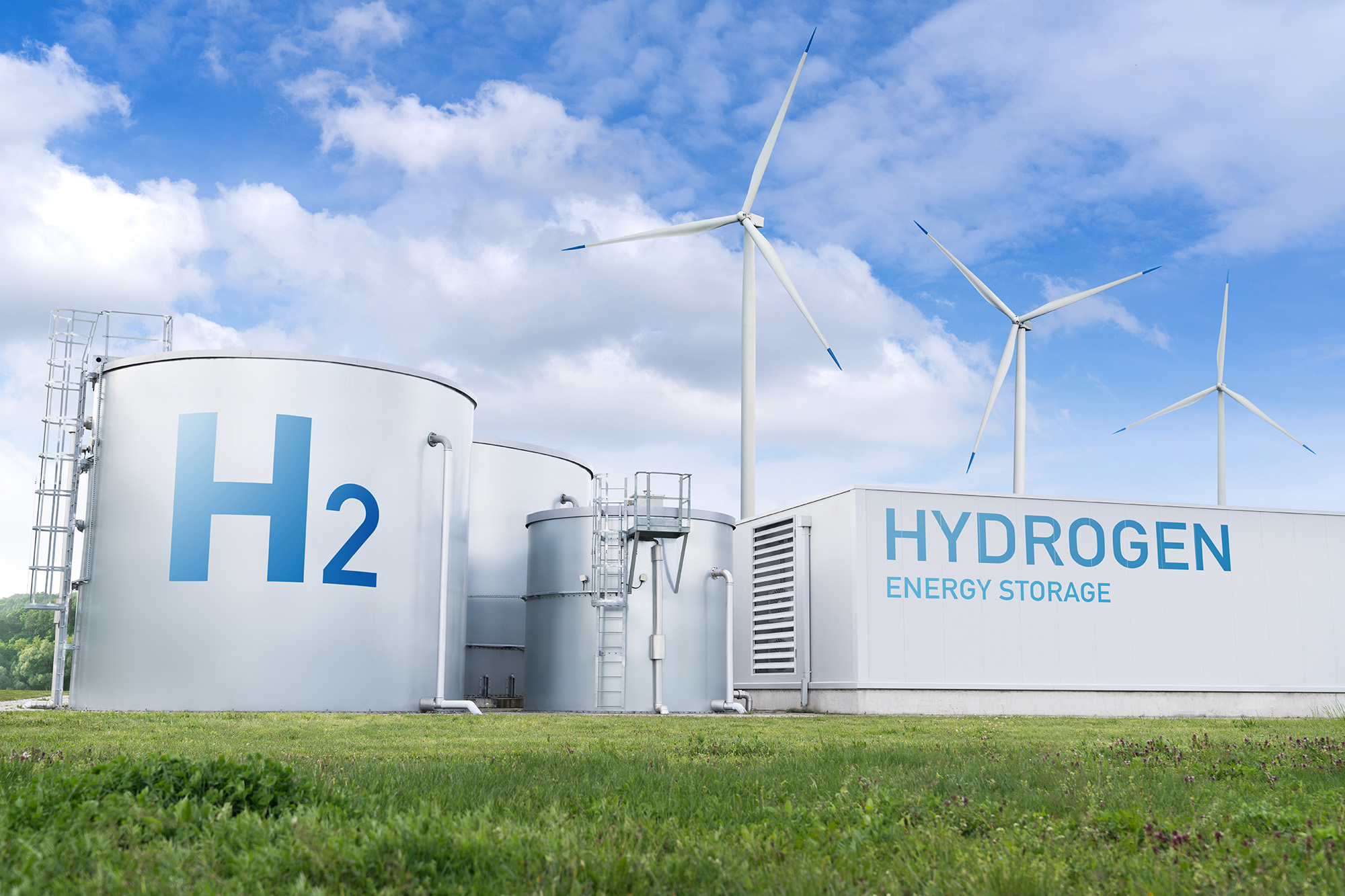
TRC Companies, Inc. selected to participate in Department of Energy (DOE) Multi-State Clean Hydrogen Hub
October 13, 2023
TRC received an award for advancing the transition to a clean-hydrogen, low-carbon economy by supporting the Appalachian Regional Clean Hydrogen Hub (ARCH2) consortium.

Download Whitepaper: 10 Years of Insights for Clean Community Microgrids
March 1, 2023
Clean, community microgrids represent a promising and timely opportunity for you to advance your customer offering and deliver meaningful societal benefits, all while modernizing your grid and providing you with load flexibility.
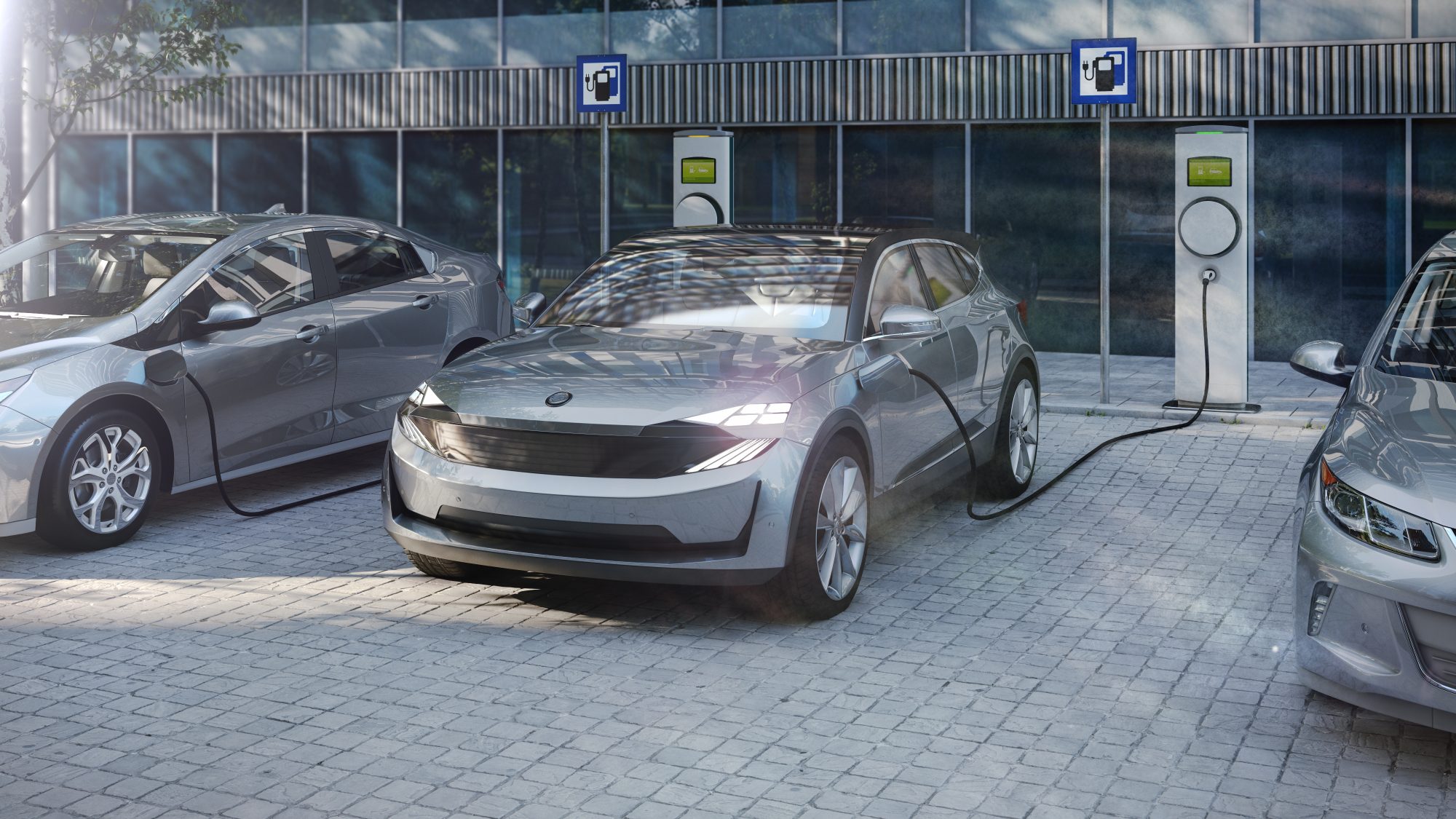
Start Your Batteries: Mass Fleet Electrification is Coming (And What We Can do to Prepare)
April 13, 2022
As we plan for and make early investments for fleets, we’ll be paving the way for higher degrees of market penetration of passenger vehicles and other modes of transportation as well.

Ensuring a Just Transition: Optimizing Opportunities for All in the Low-Carbon Future
January 24, 2022
Carbon elimination of the magnitude needed to address climate change requires systems-level change that can only be reached by incremental, ground-up progress, building upon what we have achieved thus far.
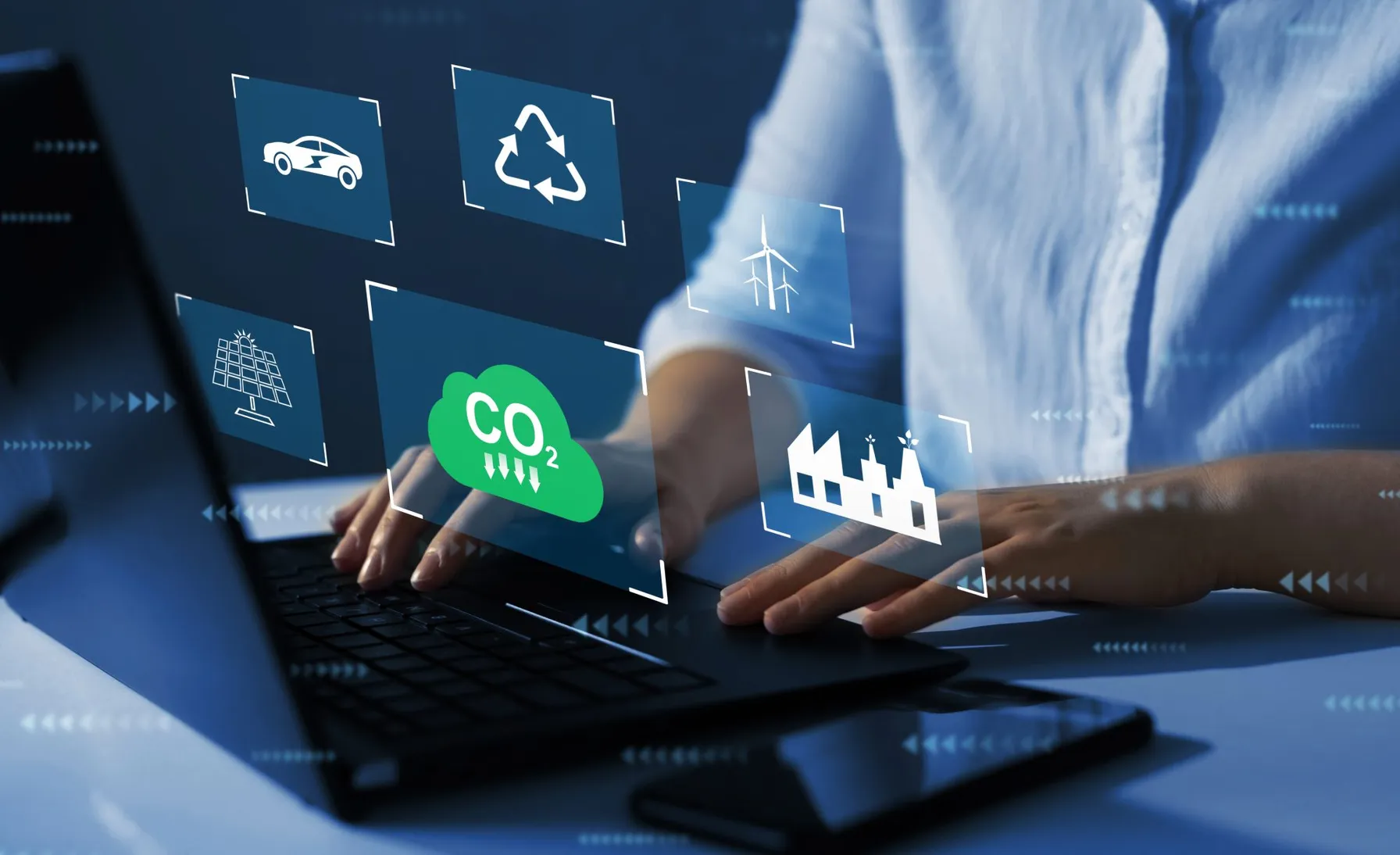
Decarbonization: A Systems-Level Challenge and Actions to Address Climate Change
December 7, 2021
Carbon elimination of the magnitude needed to address climate change requires systems-level change that can only be reached by incremental, ground-up progress, building upon what we have achieved thus far.

10 Takeaways from the COP26 Climate Meeting
November 17, 2021
There are compelling reasons to be optimistic about the outcomes of the COP26 meeting. Notably, agreement among all nations that more needs to be done, by both private and governmental bodies, to contain and mitigate climate change.

The Price of Natural Gas: Onward and Upward or Just a Temporary Blip?
November 12, 2021
Most industry experts agree that weather aside, the global energy and gas markets are likely to remain uncertain with supply and market demand becoming tighter and more challenging to forecast.

On the Road to Decarbonization: The Role of All-Source Competitive Solicitations
October 14, 2021
All-Source Competitive Solicitations offer utilities an alternative to centralized planning, construction and dispatch of power supplies, helping to usher in a new era of market-driven technology innovation.
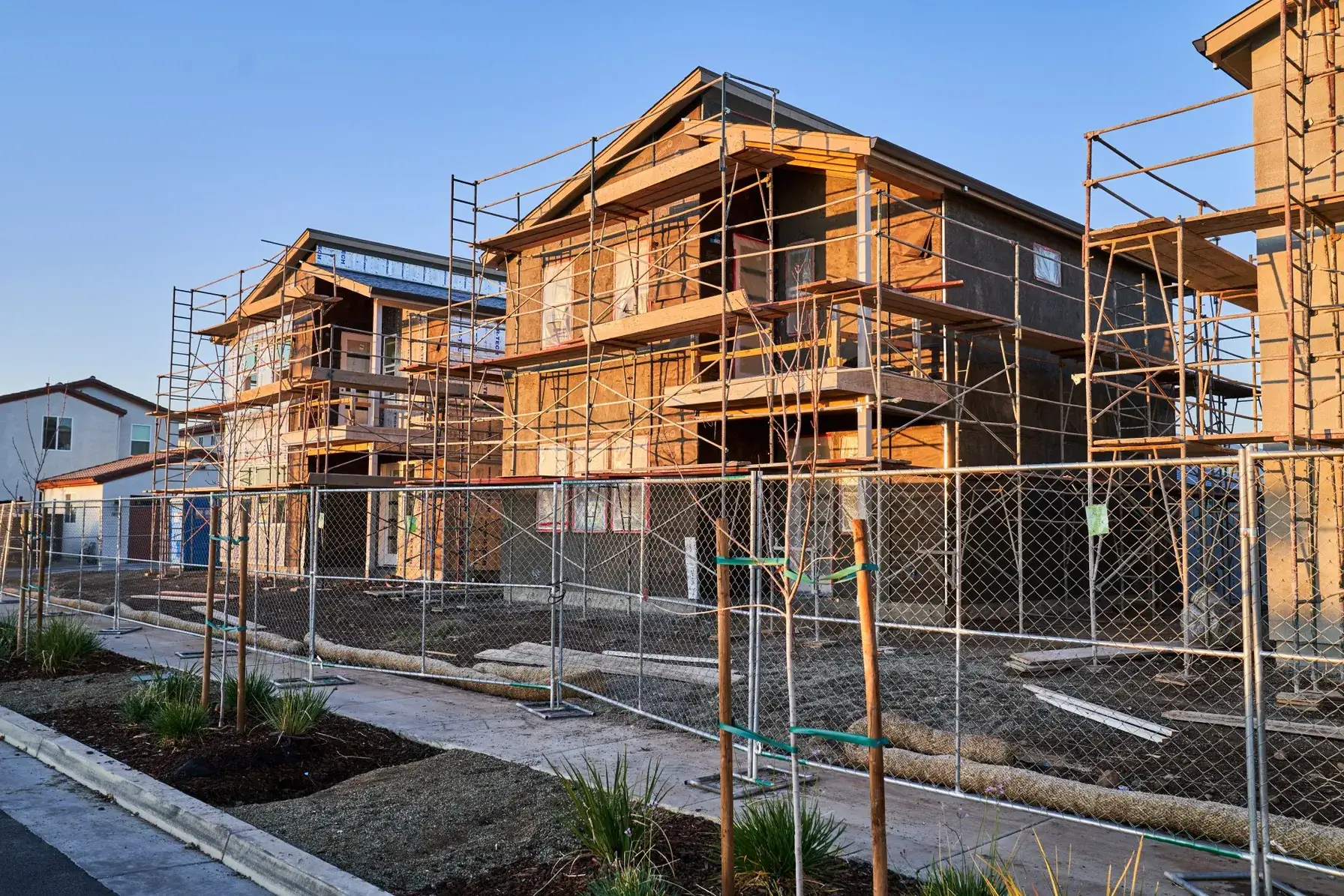
Pacific Gas and Electric Selects TRC as Program Implementer for New Construction Residential All-Electric and Mixed Fuel Programs
September 27, 2021
Pacific Gas and Electric Company (PG&E) formally announced TRC as the designated lead Program Implementer for the Statewide New Construction (SWNC) Residential All-Electric and Mixed Fuel Programs following a competitive solicitation process.
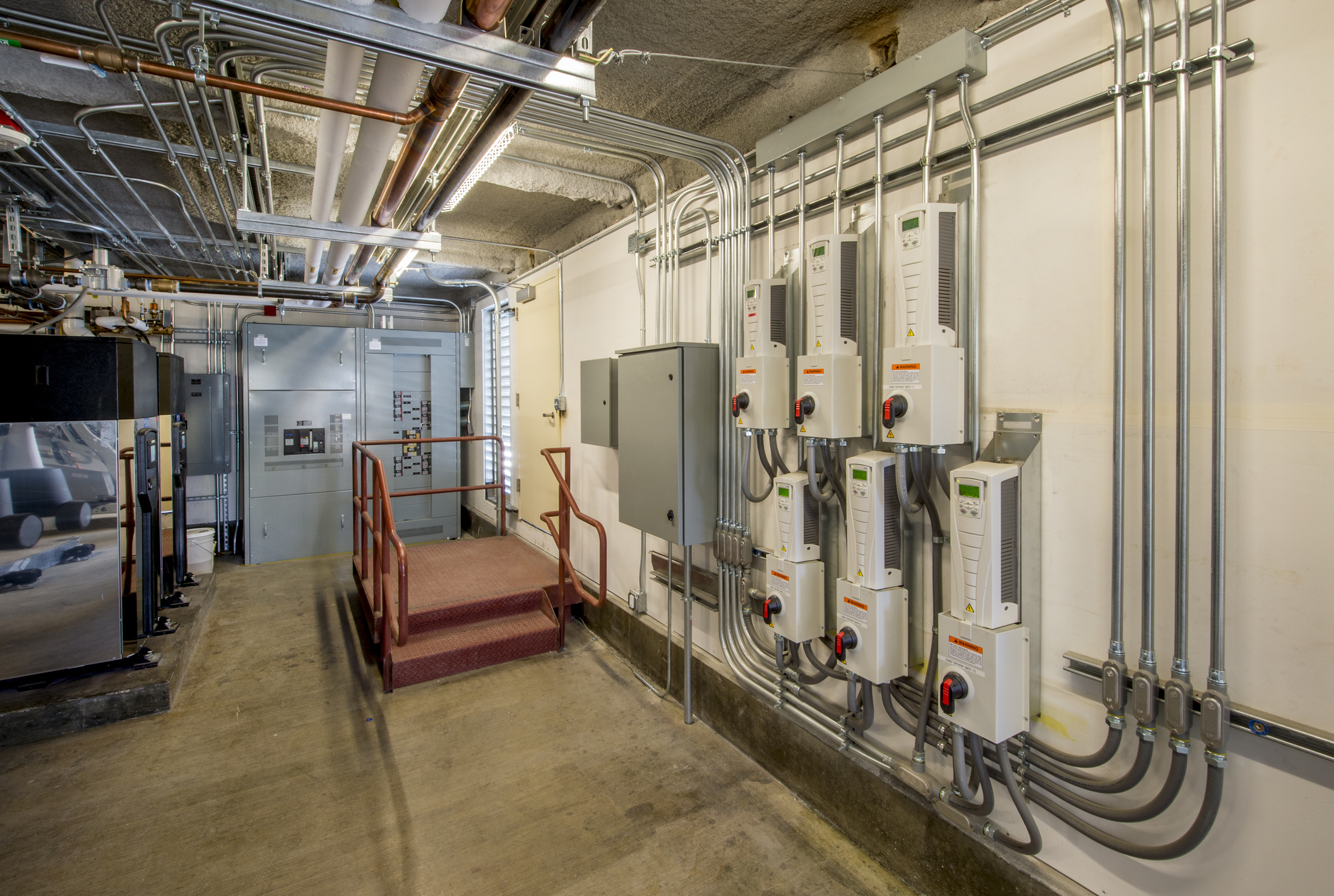
TRC and Slipstream partner with the Minnesota Department of Commerce to launch energy conservation R&D project
June 24, 2021
TRC, Slipstream, and the University of Minnesota are working with controls system manufacturers and contractors to develop such a standardized and streamlined building control retrofit process leveraging ASHRAE Guideline 36
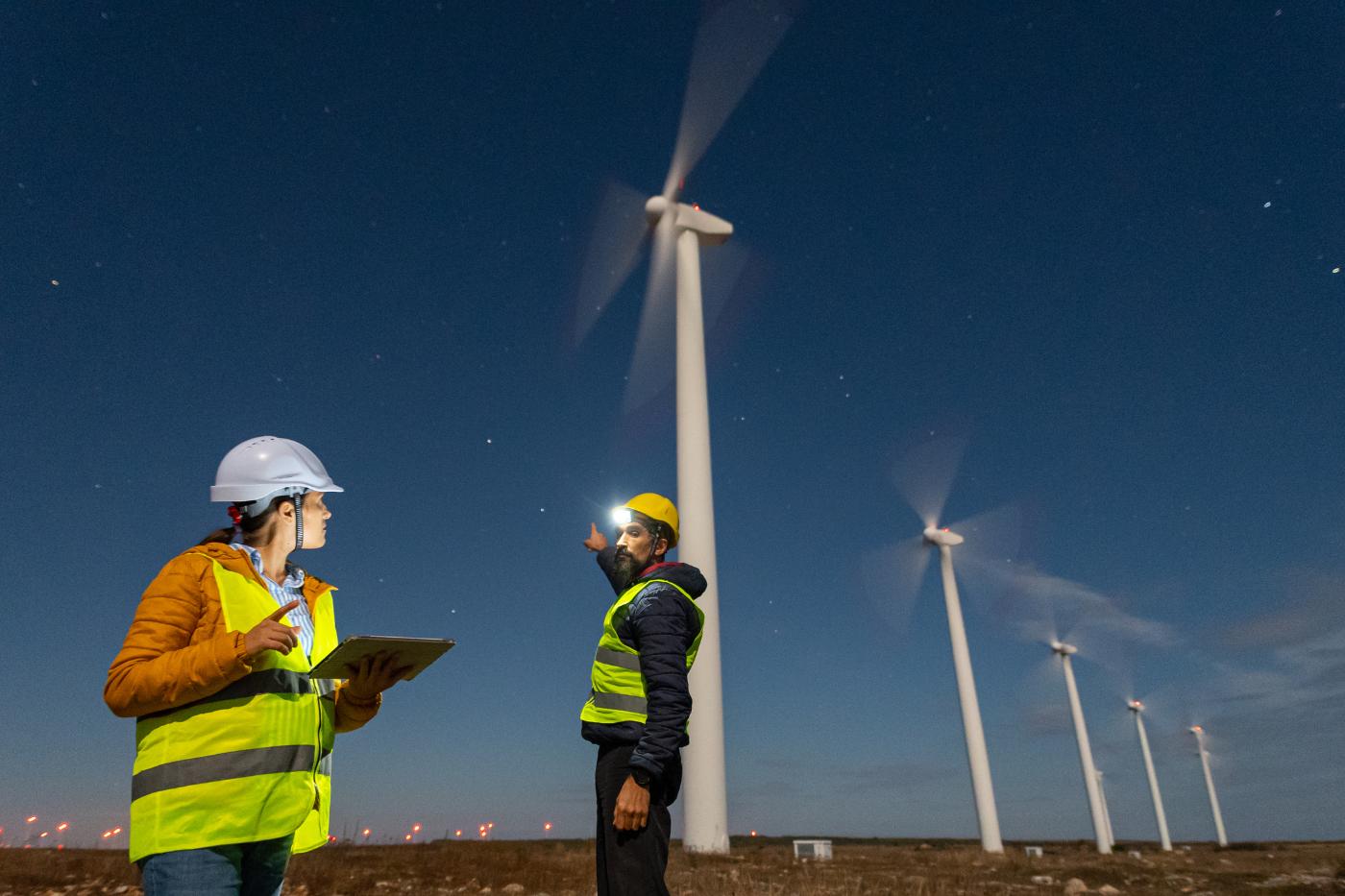
TRC Acquires New Jersey’s Clean Energy Program Contract and Assumes Program Administrator Role
January 17, 2021
NEW BRUNSWICK, NJ and LOWELL, MA. – Jan. 17, 2017 – TRC Companies Inc., a recognized leader in engineering, environmental consulting and construction-management services, today announced it has acquired the contract to serve as Program Administrator of New Jersey’s Clean Energy Program™ (NJCEP), which has provided more than $300 million annually in support to homeowners, businesses…

City of Camarillo, California approves moving forward with Hybrid Solar Microgrids at five critical community facilities
November 6, 2020
On October 28, the Camarillo City Council unanimously approved moving forward with the design of Hybrid Microgrids at five City facilities: City Hall, the Corporation Yard, Camarillo Public Library, Police Station, and Wastewater Treatment Plant. The microgrid at the Camarillo Public Library will be designed with solar+storage only, while the other four sites will employ a hybrid design of solar+storage+diesel.

TRC Digital partners with Dominion Energy to evolve its distributed energy resource strategy
September 22, 2020
Dominion Energy, one of the nation’s largest producers and transporters of energy, has partnered with TRC Digital to evaluate, implement and integrate technology to further the utility’s distributed energy goals. TRC Digital will facilitate Dominion Energy’s strategy development and technology execution, allowing Dominion Energy and its customers to accelerate the shift to distributed energy resources (DER) and net carbon reduction.
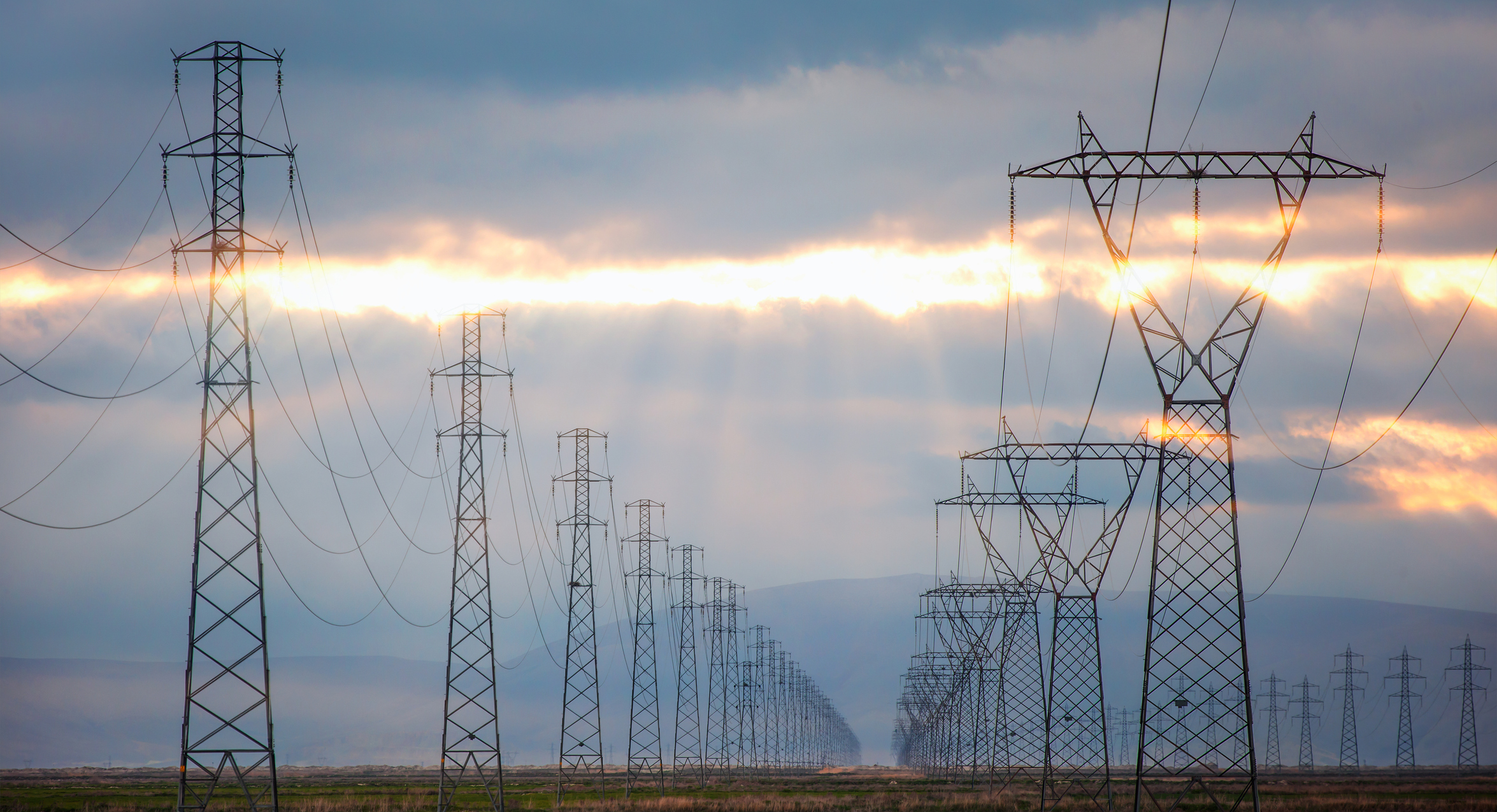
TRC Digital and Reactive help utilities measure inertia for a more resilient grid
September 21, 2020
Together, TRC and Reactive combine TRC’s industry-leading power engineering expertise with Reactive’s machine learning software to provide utility teams with high-resolution frequency monitoring and automatic event analysis.
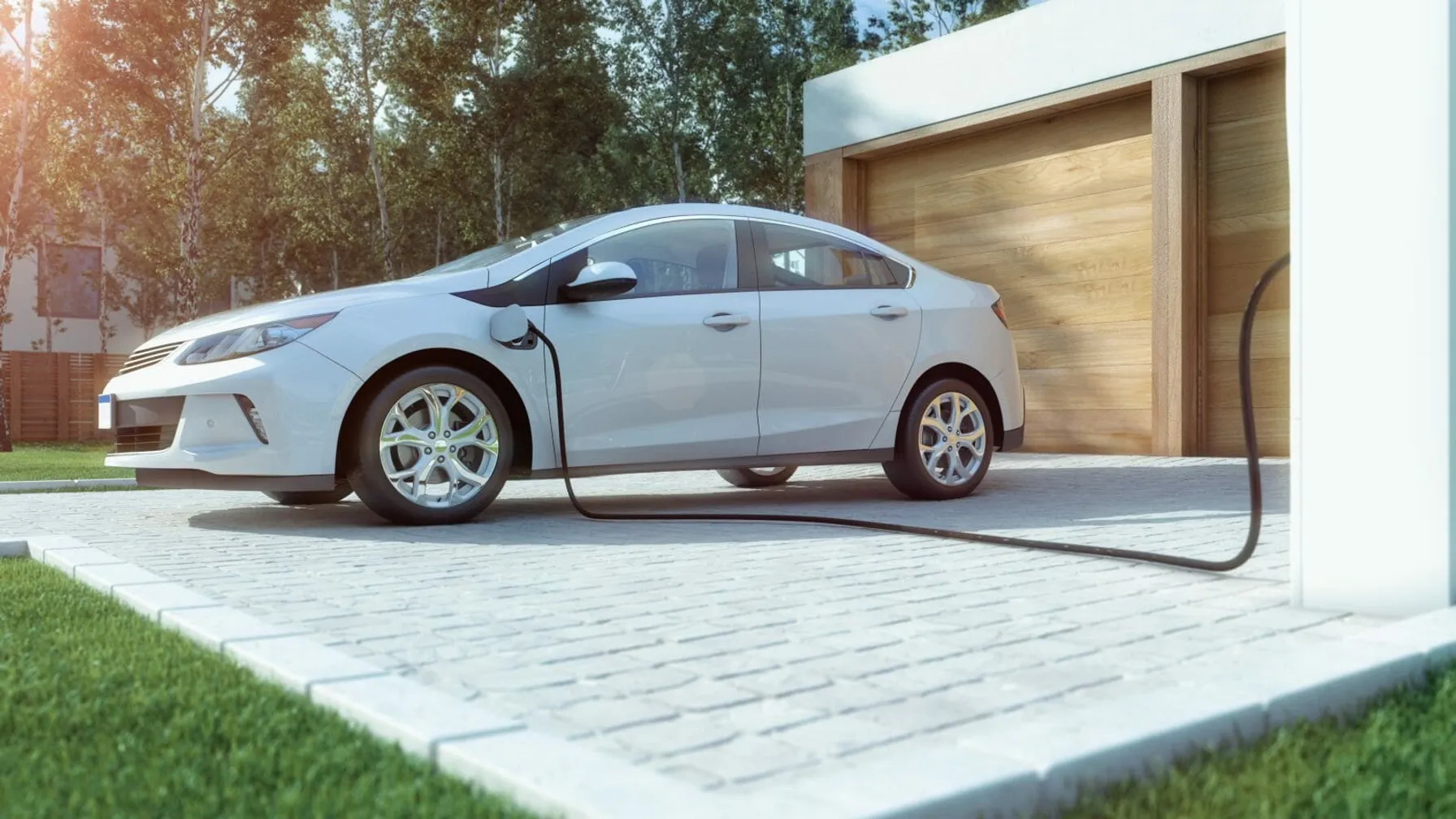
Strategic Electrification
February 4, 2020
As we look to spur strategic electrification across the US, it will be up energy providers and solution implementers to continue sharing ideas, insights and lessons learned

A place called home: Helping California families rebuild after wildfires
November 21, 2019
A place called home: Helping California families rebuild after wildfires
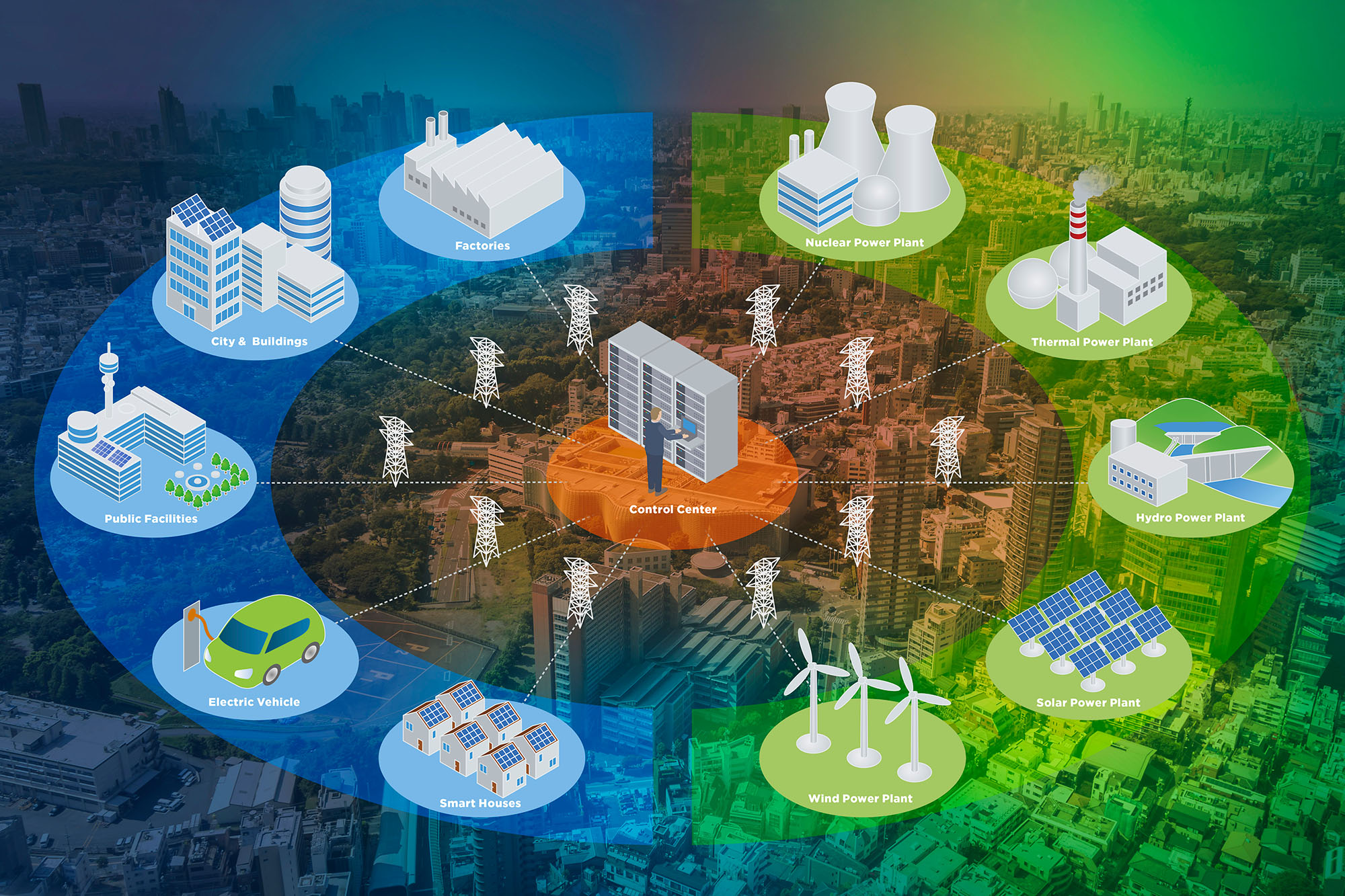
TRC and partners win $1 million grant for engineering innovative New York microgrid
April 20, 2017
TRC is proud to support Huntington, NY bolster power reliability and climate-change resiliency with a sophisticated new “community microgrid’’ combining solar energy, a fuel cell, biogas and traditional natural gas to deliver electricity and heat to local customers and institutions.

Sachin Gupta
Sachin Gupta is TRC’s vice president of sales for DER and system integration. He is responsible for helping build TRC’s distributed energy resource portfolio, which compromises IT/OT Integration and delivering best-of-breed, third-party software solutions. Prior to joining TRC, Gupta worked for OMNETRIC Group, where he was responsible for North American sales, and at Siemens as a product manager tasked with creating Siemens’ commercial demand response management software. Gupta has also worked at EnerNOC, Grantek and Johnson Controls, all within the energy and efficiency marketplace.


